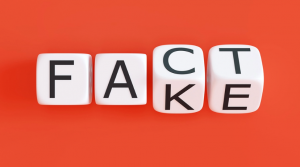
Screenshot taken from Stanford news
As teachers, we need to teach students about fake news when teaching them about digital literacy. Students have access to social media and technology, so they can easily spread fake news if they are not taught skills to decipher between real and fake news. For example, in The Smell Test: Educators can counter fake news with information literacy. Here’s how article by Linda Jacobson, it states that “students at an elementary school admitted that their reports of creepy clowns wielding weapons – really just construction workers with tools – were not true” (para. 9). This can cause worry and panic, resulting in emergency services being called and taken away from real emergencies.
In the future, I will be teaching elementary students, and right now, I am pre-interning in a grade 2/3 split classroom. Teaching digital literacy for this age group will differ greatly from teaching digital literacy to high school age students; teaching digital literacy to elementary students should be introductory. It is very necessary to bring awareness to the topic at a young age as students/children have access to technology much younger nowadays, so it is important that students begin to understand how to be safe and responsible online. They need to be able taught to be weary of what they are seeing, as well as taught to question and think about what they are seeing or reading.
At these young ages, one has to be careful about how they teach the information to students. The information needs to be age appropriate, so students can understand. Further, teachers need to teach students without using fear as we do not want to scare children away from the digital world. In an age appropriate manner, students need to be taught to not trust easily online. We need to not just accept what we read on the internet. Further, we need to avoid immediately sharing news you see online. One should always take at least a few minutes (or longer) to think and consider what they just read before choosing to share it in an online space.
The curriculum needs to be adapted to include digital literacy specifically. As of right now, teachers are not required to cover digital literacy. It is up to an individual teacher’s discretion whether or not they cover the topic in their classroom. Looking at the Saskatchewan health curriculum from grades one to five, a teacher can discuss risk and safety regarding digital literacy. The outcome and indicators are: USC1.4 e and i, USC2.5 a and h, USC3.5 a, USC4.4 d, and USC5.6. From grades one to four, there is no specific mention of digital literacy. These outcomes and indicators discuss risks, so one could discuss the risks of not being aware of digital literacy and fake news. USC5.6 mainly focuses on safety in regard to peer pressure; a teacher could discuss how we need to think hard before sharing online, and we should not just share an article or post that we are not sure about because our friends are or our friends told us to share it.
In terms of the NCTE framework for grades one to five, students would need to focus on being able to “participate effectively and critically in a networked world” and being able to “explore … across a wide variety of inclusive texts and tools/modalities.” We need to teach them the proper ways to interact and network online, as well as provide them experience in different age appropriate online environments, so when they are out of school and exposed to technology, students have the knowledge and strategies of how to be safe and responsible online.
For elementary students, the activity done in class would be beneficial as it was a fun way to engage students. As mentioned in the EdCan fact sheet, this will provide a more meaningful experience with more absorbed knowledge for children.
Teachers are also not alone! Librarians can be a great resource for digital literacy when they are properly trained in that area.
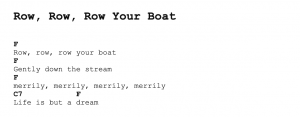
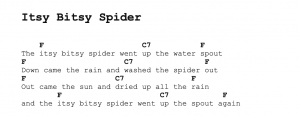
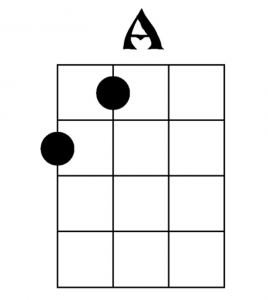
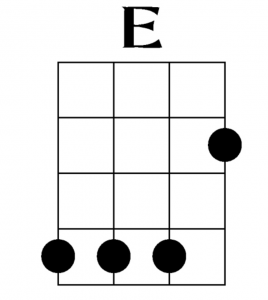
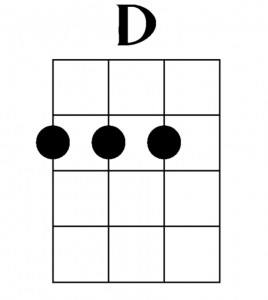


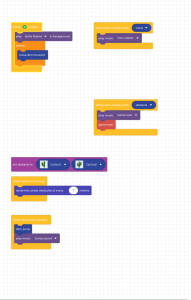

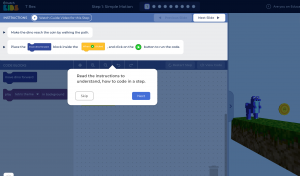
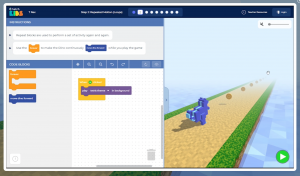
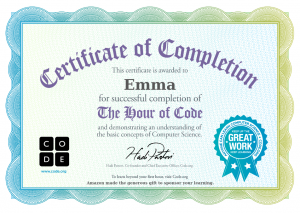
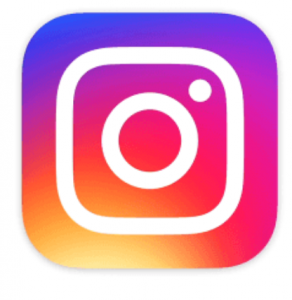


Recent Comments